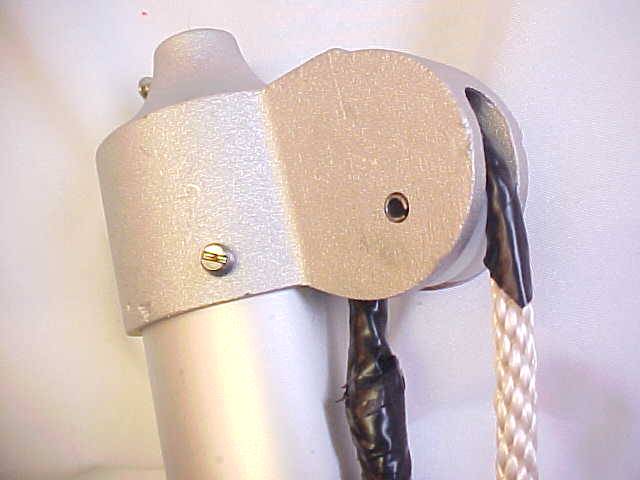That Man
Senior Member
- Location
- California, United States
- Occupation
- Electrical Designer
My electrical design group has been tasked to design a means by which an instrument (H2S Monitor), mounted 55' high (attached to the mouth of a vent stack), can be made accessible to a technician on the ground for callibration purposes.
Our client does not want the technician to climb to the level of the instrument, so the only option we appear to have is to mechanically lower the instrument to ground level. Our current design involves a hinged section of rigid conduit that has to be mechanically lowered and hoisted into position, but the design of such a device has grown enormously complex.
A far simpler method would be a simple halyard design, whereby we would raise and lower the instrument like a flag on a flag pole. Are there any exceptions in the code that accomidate a flexible cable outdoors for such an application?
Our client does not want the technician to climb to the level of the instrument, so the only option we appear to have is to mechanically lower the instrument to ground level. Our current design involves a hinged section of rigid conduit that has to be mechanically lowered and hoisted into position, but the design of such a device has grown enormously complex.
A far simpler method would be a simple halyard design, whereby we would raise and lower the instrument like a flag on a flag pole. Are there any exceptions in the code that accomidate a flexible cable outdoors for such an application?






